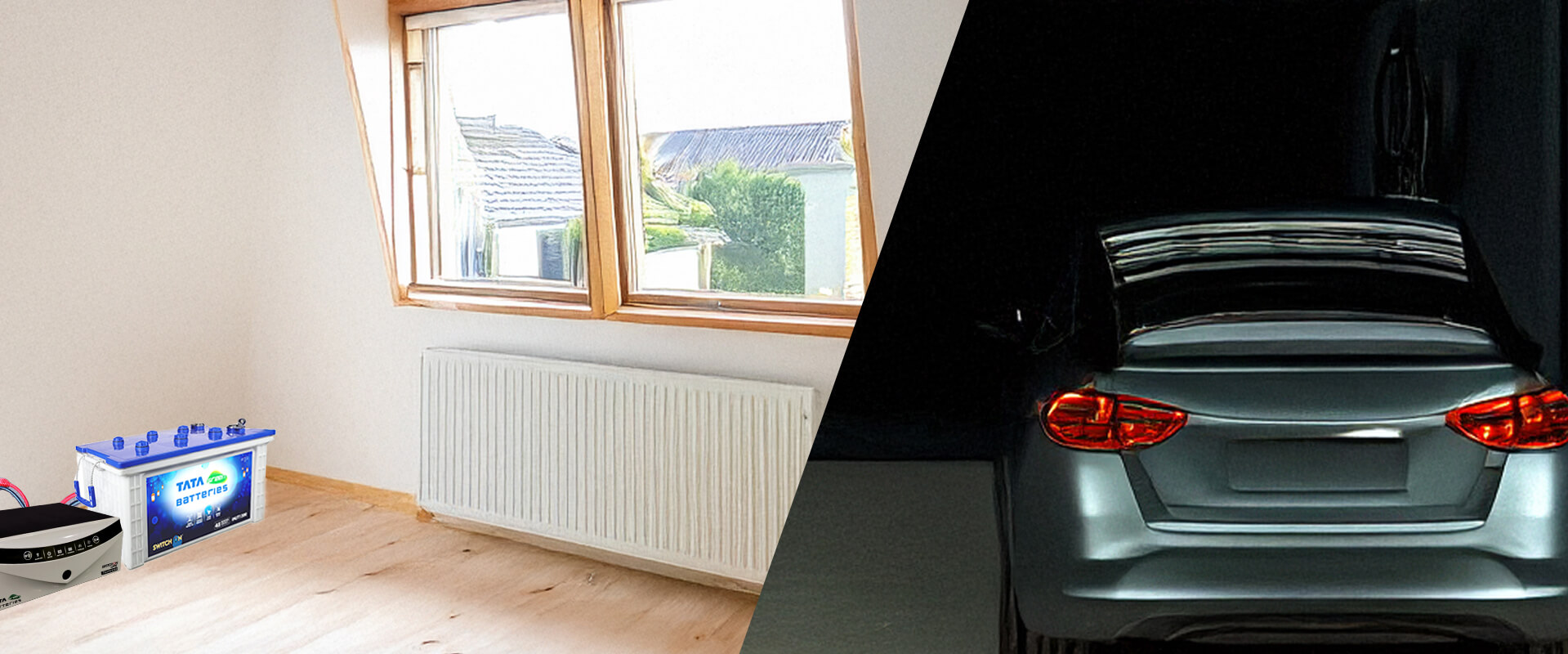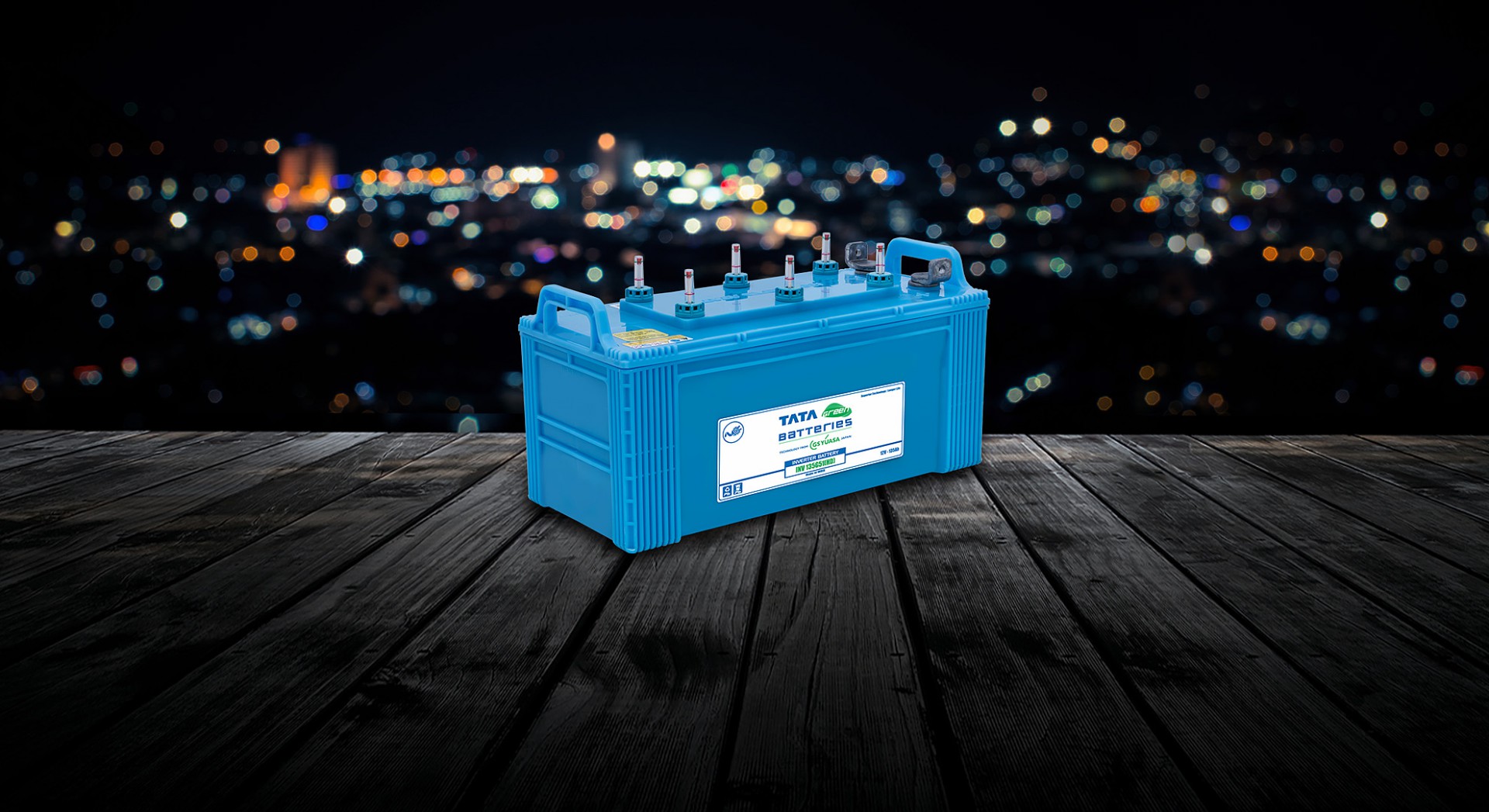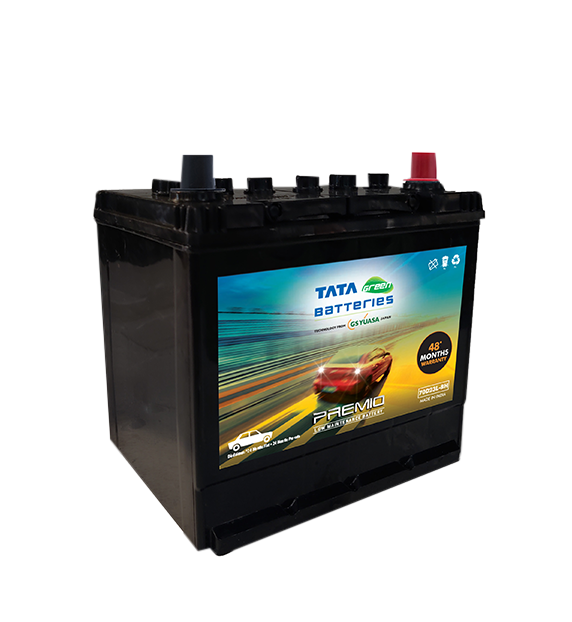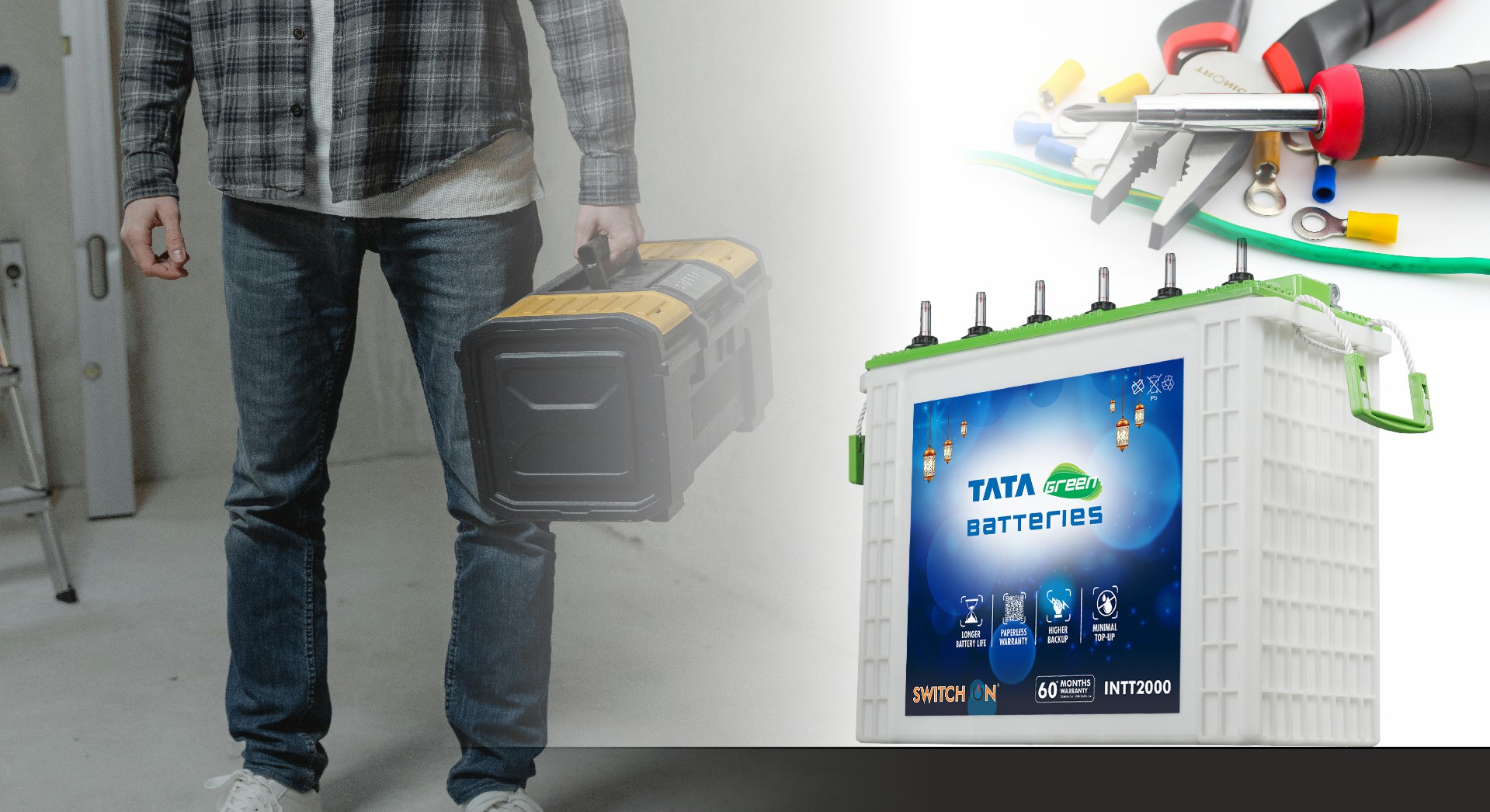How to Properly Store Your Car or Inverter Battery During Long Periods
Batteries are essential components of vehicles and inverters, providing the necessary power for operation. However, when left unused for extended periods, batteries can lose their charge, leading to reduced performance or complete failure. Understanding why batteries drain during storage and adopting proper storage techniques can prolong their lifespan and ensure reliable performance when needed.
Why Batteries Drain During Storage?
When batteries are stored without use, several factors can contribute to their gradual discharge. One of the primary reasons is self-discharge, a natural phenomenon where batteries lose their charge over time, even when not in use.
Additionally, temperature fluctuations, humidity, and corrosion can accelerate the self-discharge process. High temperatures can increase the rate of chemical reactions within the battery, leading to faster discharge, while cold temperatures can reduce the battery’s capacity to hold a charge. Moreover, dirty or corroded terminals may impede the battery’s ability to maintain a charge.
To prevent these issues and keep your car battery or inverter battery in optimal condition during long periods of inactivity, consider the following steps:
Steps to Protect Your Car or Inverter Battery:
1. Store the Battery Fully Charged
Before storing your battery, ensure it is fully charged. A fully charged battery will help prevent sulfation, a process where Lead Sulfate crystals form on the battery plates and reduce capacity over time. For car batteries, use a multi-meter to check the voltage. A healthy lead-acid battery should read around 12.6 volts or higher charge the battery before storage If the voltage is below this level.
2. Disconnect the Battery
Once the battery is fully charged, disconnect it from the vehicle or inverter. When disconnecting car batteries, always remove the negative terminal first, then the positive terminal. This practice helps prevent any electrical discharge while the battery is stored. For inverter batteries, ensure they are completely disconnected from the inverter to avoid draining from the system.
3. Keep It Clean
A clean battery is essential for proper functioning and longevity. Use a damp cloth to wipe down the battery casing, and remove any dirt or grime. For corroded terminals, create a paste using baking soda and water to clean them effectively. After cleaning, apply a thin layer of petroleum jelly or a battery terminal protector to deter future corrosion.
4. Store in a Suitable Location
The storage environment plays a critical role in battery maintenance. Store your battery in a cool, dry place, ideally between 32°F and 77°F (0°C to 25°C). Avoid area of extreme temperatures or high humidity, as these conditions accelerate self-discharge and damage the battery. Additionally, refrain from storing the battery directly on concrete surfaces, as this can cause the battery to discharge faster; instead, place it on a wooden shelf or platform.
5. Periodic Maintenance
Even when stored, it’s important to perform periodic maintenance on your battery. Check the voltage every month using a multimeter. Recharge the battery If the voltage drops below 12.4 volts for a car battery or 12 volts for an inverter battery, to preserve its health. Regular checks ensure that any issues are identified early and can be addressed before the battery is needed again.
Investing in a high-quality battery can make a significant difference in your overall experience. Tata Green Batteries are built for exceptional performance and durability, making them a dependable choice for both cars and inverters. Choosing the right battery tailored to your specific needs can further reduce the risk of issues during storage.
Moreover, being proactive in your battery maintenance routine not only saves you money in the long run but also ensures that your vehicle or inverter is always ready for use when you need it. Following these steps instills confidence in the reliability of your power source, whether you’re embarking on a journey or relying on backup power at home.









